Beneath the dusty pages of time lie forgotten tomes—ancient manuscripts and cryptic texts that whisper of knowledge lost to the ages. Secrets once deemed too dangerous or too esoteric for common eyes were hidden, locked away, waiting for a brave soul to unearth their mysteries. Well, dear readers, today we venture into the shadowy corners of history, where forgotten texts hold the keys to realms of wisdom long buried.
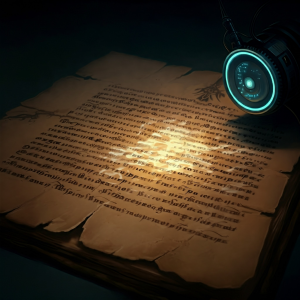
Unveiling the Past with Cutting-Edge Technology
In this era of modern marvels, technology has become our guiding torch, illuminating ancient texts that have remained shrouded in mystery for centuries. Multispectral imaging, for example, has allowed scholars to peel back the layers of medieval manuscripts, revealing classical Greek works thought to be lost forever. At St. Catherine’s Monastery, over 280 erased texts—written in no less than 10 languages—have risen from the ashes of time. Among these are early Christian writings and classical texts that stretch as far back as the 5th century, offering us glimpses into the thoughts and beliefs of people long gone.
Take, for instance, the Codex Zacynthius, a New Testament manuscript from the 6th-7th century that was partially scraped clean and overwritten. Thanks to advanced imaging, we’re now recovering those once-lost biblical passages. Then there are the forgotten writings of Euripides and Aristotle, tucked away in medieval manuscripts, only to be revealed centuries later, like hidden treasure. Truly, we are living in an age where history itself can be resurrected with the click of a button.
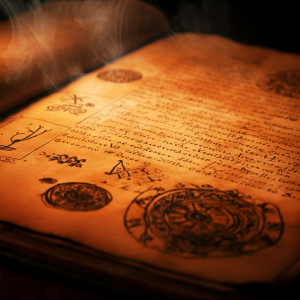
The Uncracked Mystery of the Voynich Manuscript
Ah, but not all texts are so easily revealed. Some remain defiantly locked away in their cryptic codes, daring us to understand them. Enter the Voynich manuscript—an enigma wrapped in vellum, written in an unknown script that has defied cryptographers for years. Some say it contains mystical knowledge; others claim it’s nothing more than an elaborate hoax. But until it’s decoded, we can only speculate. And therein lies its power—its ability to captivate, to tantalize, to keep us wondering just what secrets might be hidden within its pages.
Of course, the Voynich isn’t the only text of intrigue. The “Treatise of the Vessels” whispers rumors of the location of the Ark of the Covenant, while other ancient manuscripts suggest that Jesus married Mary Magdalene and had children. Yes, these texts upend established narratives, challenging religious and cultural dogmas that have stood for millennia. Is it any wonder that they were hidden away, far from prying eyes?

The Rediscovery of Lost Texts: Filling the Gaps of History
Rediscovered texts have an uncanny ability to reshape history, sometimes in ways we could never have anticipated. Consider the treasures found in the Dunhuang Library Cave or the Cairo Genizah—caches of manuscripts that have provided priceless insights into early religious practices, literature, and the day-to-day lives of ancient peoples. These finds allow us to fill in the missing pieces of history and challenge long-standing assumptions that had once seemed like bedrock truths.
And what of the Sana’a manuscripts? These early Quranic texts contain variants that offer a glimpse into the early development of Islam and its sacred scriptures. Such discoveries don’t just enrich academic debates—they have the power to influence modern interpretations of religion and culture. When lost knowledge is rediscovered, it doesn’t simply rewrite history—it rewrites us.

Forbidden Knowledge: The Vaults of Hidden Truths
Ah yes, let’s not forget the places where knowledge was hidden—not by accident, but by design. Throughout history, certain texts have been deemed too dangerous, too controversial for the world to know. The Vatican Apostolic Archives—once known as the Vatican Secret Archives—are home to over 50 miles of underground shelves, filled with restricted documents that have been locked away for centuries. Only recently have scholars gained even limited access, but who knows what secrets still lie within those vaults?
And then there’s the British Library’s “Private Case,” where once the risqué and forbidden resided—erotic literature and pulp pornography, separated from the rest of the collection due to outdated obscenity laws. Yet here’s the twist: while society sought to hide these texts, it also preserved them. Why? Because, like all knowledge, even the forbidden has a way of lingering, waiting for the day when its truths—controversial or not—are once again brought into the light.
What Secrets Remain?
The truth, dear reader, is that the past holds more secrets than we can possibly imagine. Every newly uncovered manuscript is a window into a forgotten world, a glimpse into knowledge that was once thought lost forever. With every revelation, our understanding of history, religion, and culture shifts. And yet… what else remains hidden? What other lost texts lie buried, waiting to be unearthed? In the shadowy recesses of ancient libraries, in forgotten caves, and in the vaults of secret archives, there is always more to discover.
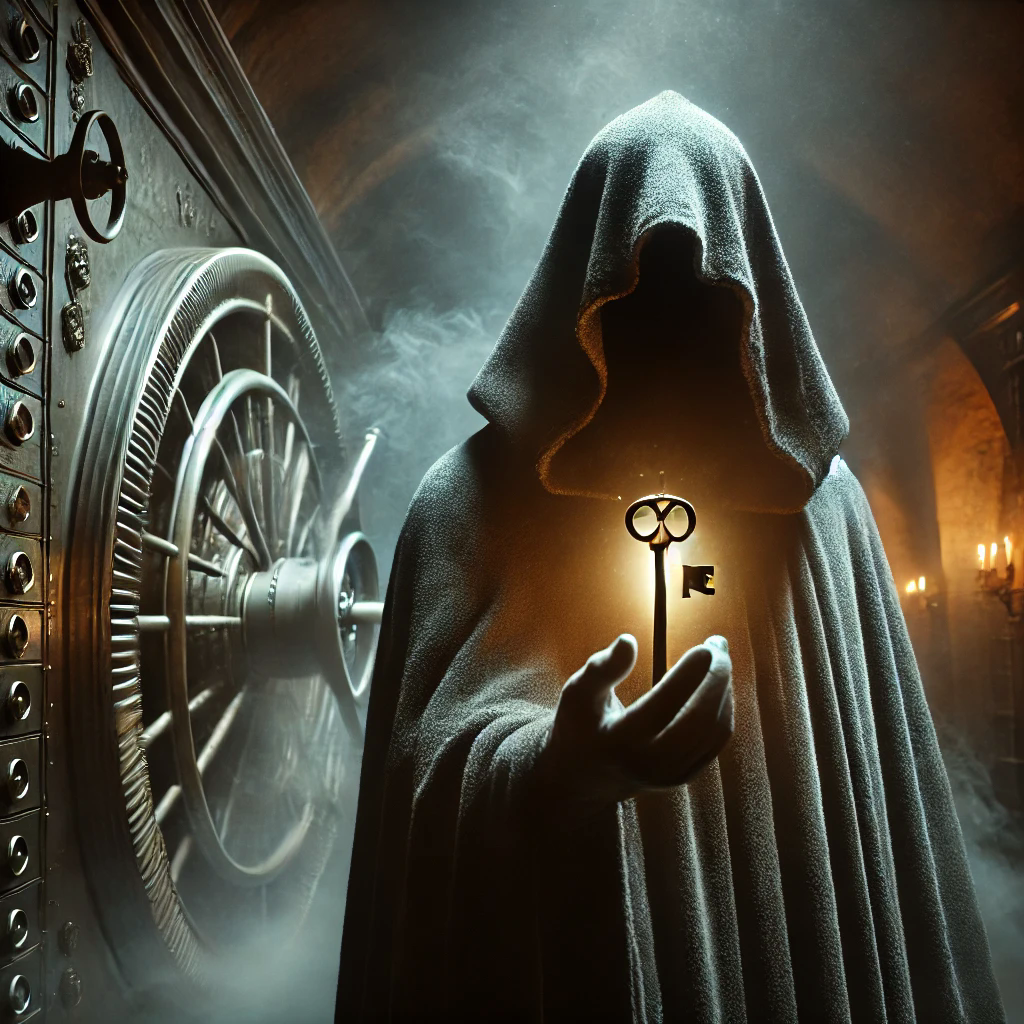
The Vault Keeper
The Vault Keeper—now there’s a mystery wrapped in a riddle, locked in a vault. Some say they’ve been around longer than most of the things they write about, quietly amassing knowledge that would make your skin crawl. Hidden behind a cloak of secrecy, they guard their vault of forgotten lore like it’s the last line between reality and madness. You won’t find friendly introductions or idle chit-chat—The Vault Keeper deals in the unexplained, always with a healthy dose of skepticism. Their work lives in the “Behind the Black Door” section, where curiosity and fear walk hand in hand. Just remember, some doors are better left closed.

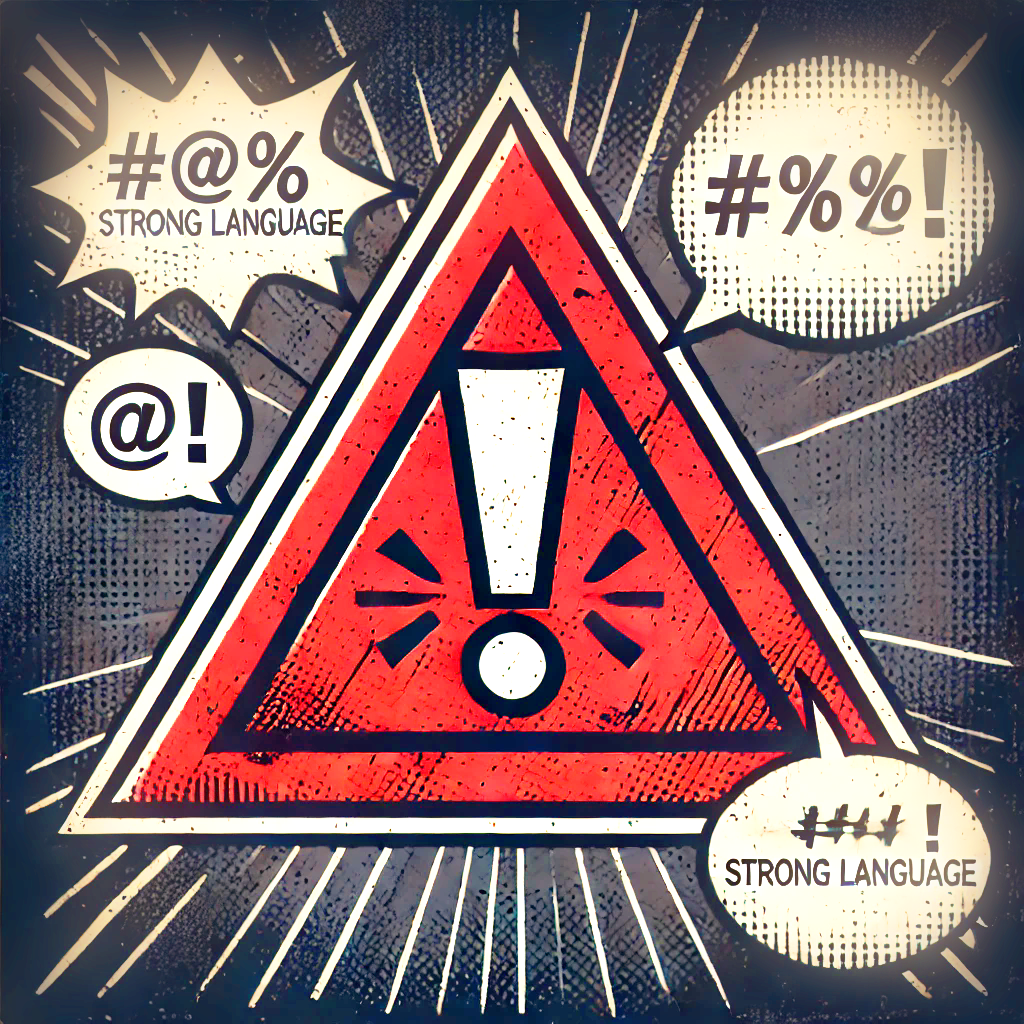
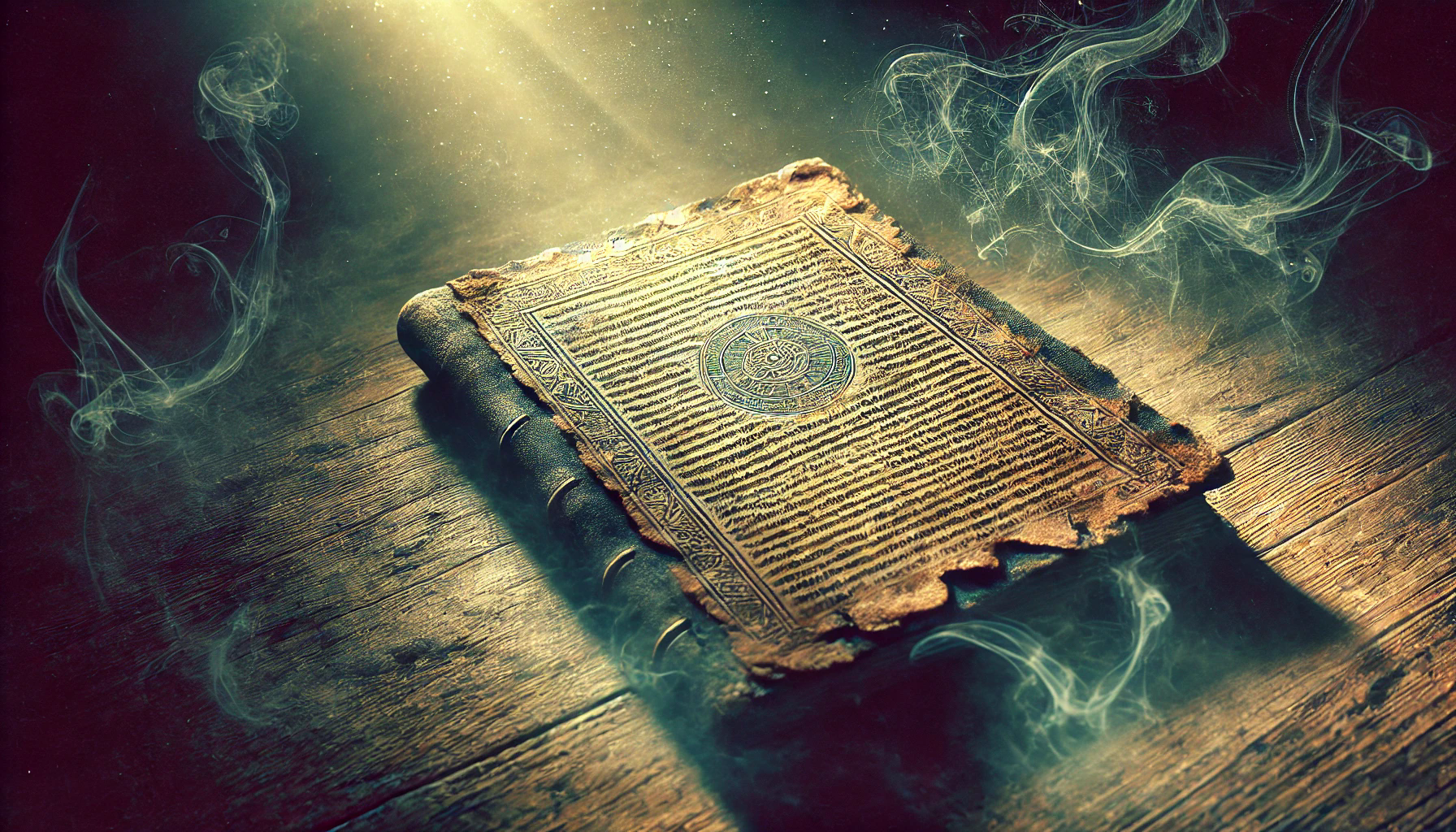
Leave a Reply